10 Best Herbal Teas For Bleeding Spots In Mouth

Herbal teas can be a natural and soothing option for individuals experiencing bleeding spots in the mouth, often caused by inflammation, irritation, or minor injuries.
Teas made from ingredients like chamomile, licorice root, and calendula are known for their anti-inflammatory and healing properties, which can help reduce swelling and promote tissue repair. These herbal infusions can be used as a mouth rinse or consumed warm to provide internal support for oral health. However, it's important to consult a healthcare professional before using herbal remedies, especially if the bleeding persists or is accompanied by other symptoms.
While herbal teas may offer relief, they should not replace medical treatment for more serious conditions.
FREE Herb Drying Checklist
How to make sure every batch retains maximum flavor, color, and aroma without the risk of mold or over-drying. Eliminate guesswork and trial-and-error, making herb drying faster, easier, and more efficient every time.
Table of Contents
1. Salvia officinalis
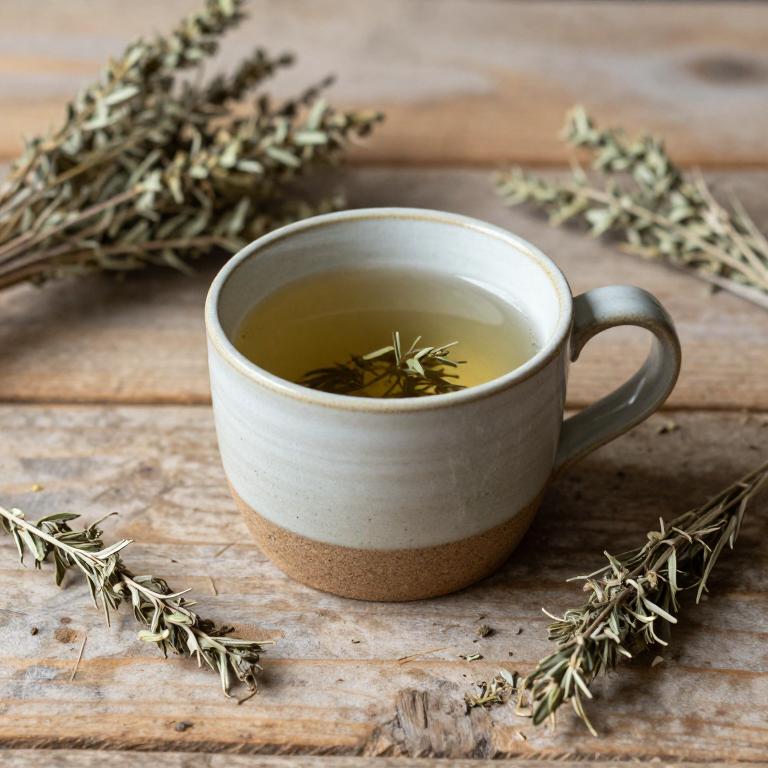
Salvia officinalis, commonly known as sage, has been traditionally used in herbal teas to address various oral health issues, including bleeding spots in the mouth.
The plant contains compounds such as rosmarinic acid and flavonoids, which possess anti-inflammatory and astringent properties that may help reduce gum inflammation and promote healing. Drinking sage tea can help soothe irritated tissues and potentially decrease bleeding by strengthening the capillary walls. It is often recommended to steep the leaves in hot water for several minutes to extract the beneficial compounds effectively.
However, it is important to consult with a healthcare professional before using sage tea, especially for prolonged periods, as it may interact with certain medications or have side effects in some individuals.
2. Echinacea purpurea
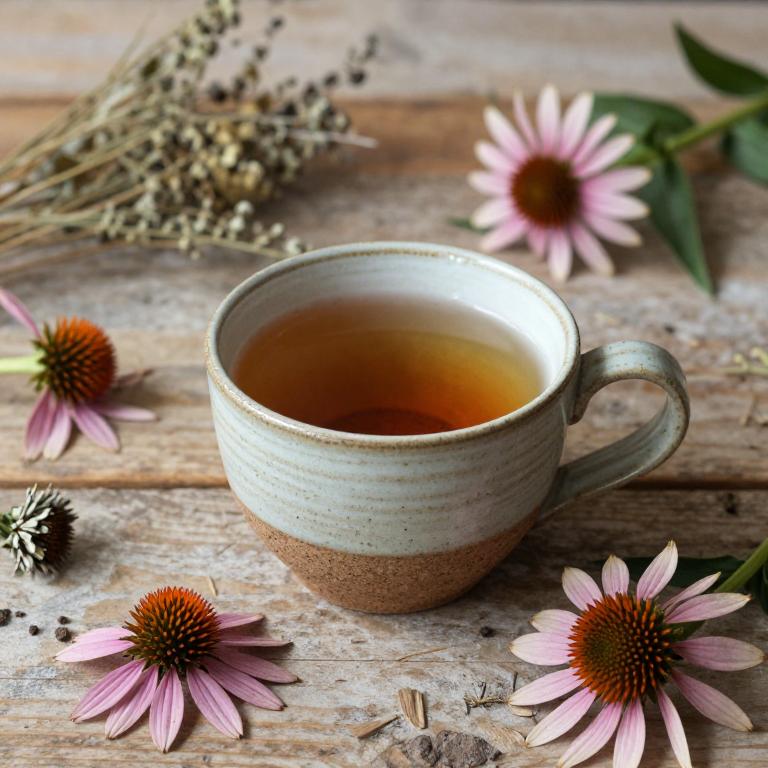
Echinacea purpurea, commonly known as purple coneflower, is a popular herbal remedy often used to support immune health.
While it is not a primary treatment for bleeding spots in the mouth, some studies suggest that its anti-inflammatory and antimicrobial properties may help reduce oral inflammation and promote healing. Herbal teas made from echinacea can be consumed orally to potentially soothe irritated tissues and support overall oral health. However, it is important to consult a healthcare professional before using echinacea, especially if the bleeding spots are caused by an underlying condition such as vitamin deficiency or infection.
As with any herbal remedy, echinacea should be used cautiously and in conjunction with proper medical care.
3. Hypericum perforatum

Hypericum perforatum, commonly known as St. John's wort, is traditionally used in herbal medicine for its potential anti-inflammatory and antiseptic properties.
While it is well-known for its use in treating mild depression, some studies suggest it may also support oral health by reducing inflammation and promoting healing. When brewed into a tea, hypericum perforatum can be used as a gargle to soothe bleeding spots in the mouth, thanks to its ability to reduce irritation and microbial activity. However, it is important to note that it may interact with certain medications, so consulting a healthcare professional before use is advisable.
Overall, while not a substitute for medical treatment, hypericum perforatum herbal tea may offer a complementary approach to managing minor oral bleeding and inflammation.
4. Urtica dioica
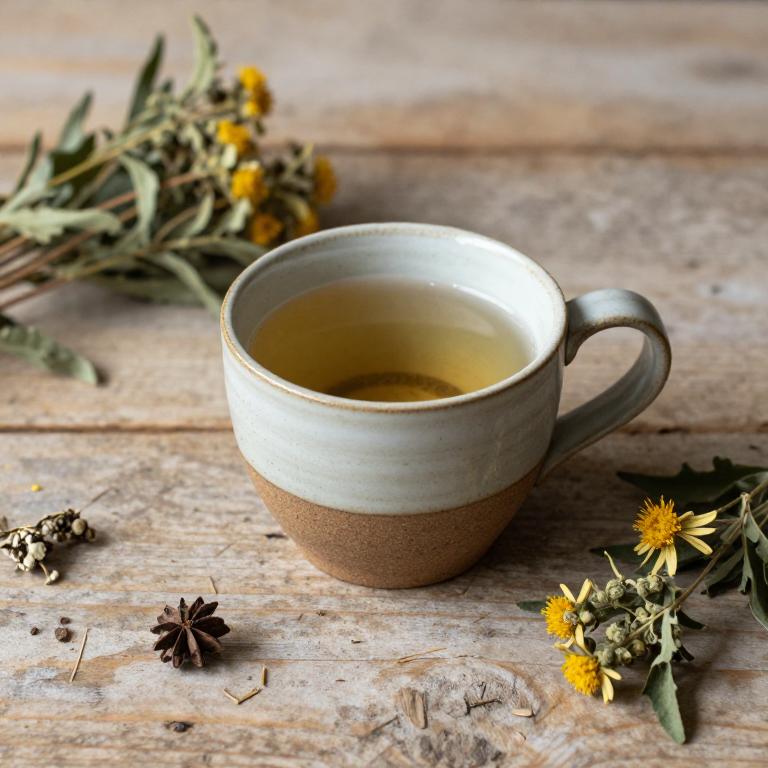
Urtica dioica, commonly known as stinging nettle, has been traditionally used in herbal medicine for its potential health benefits, including the treatment of bleeding spots in the mouth.
This herb is rich in nutrients such as vitamins A, C, and K, as well as minerals like iron and calcium, which may support oral health and tissue repair. Herbal teas made from stinging nettle leaves are believed to have anti-inflammatory and astringent properties that could help reduce inflammation and promote healing in the mouth. To prepare the tea, fresh or dried nettle leaves are steeped in hot water, and it is often consumed several times a day.
While some anecdotal evidence supports its use for oral issues, it is advisable to consult a healthcare professional before using stinging nettle tea, especially for persistent or severe conditions.
5. Rosa canina
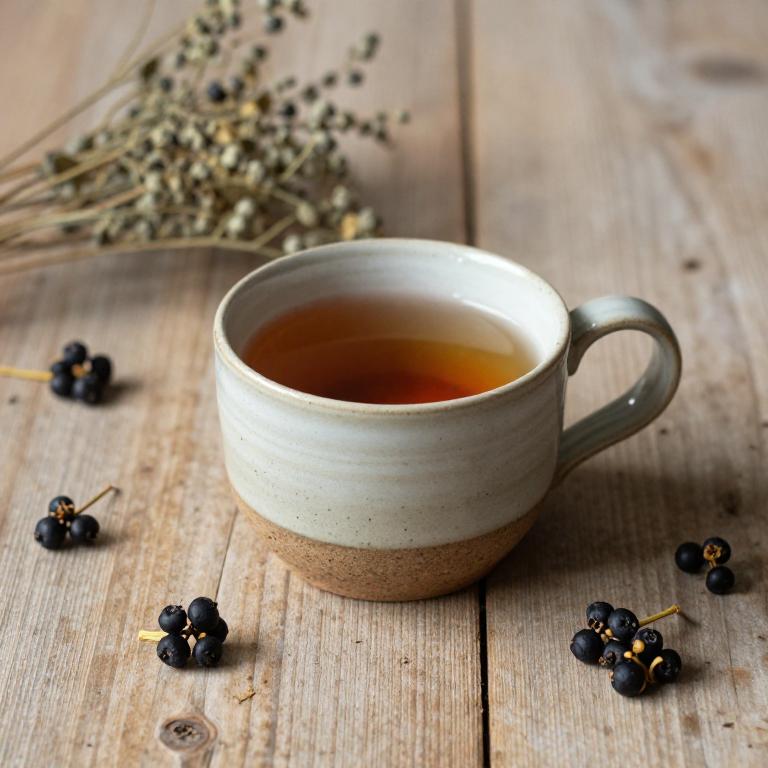
Rosa canina, commonly known as dog rose, is a traditional herbal remedy that has been used for centuries to support overall health, including oral health.
Rosa canina herbal teas are believed to have anti-inflammatory and astringent properties that may help reduce inflammation and promote healing in the mouth. These teas can be particularly beneficial for individuals experiencing bleeding spots in the mouth, as they may help strengthen the mucous membranes and reduce irritation. The antioxidants present in Rosa canina can also support immune function, which is essential for preventing and recovering from oral issues.
While it is generally considered safe, it is advisable to consult a healthcare professional before using Rosa canina, especially if you have underlying health conditions or are taking other medications.
6. Camellia sinensis
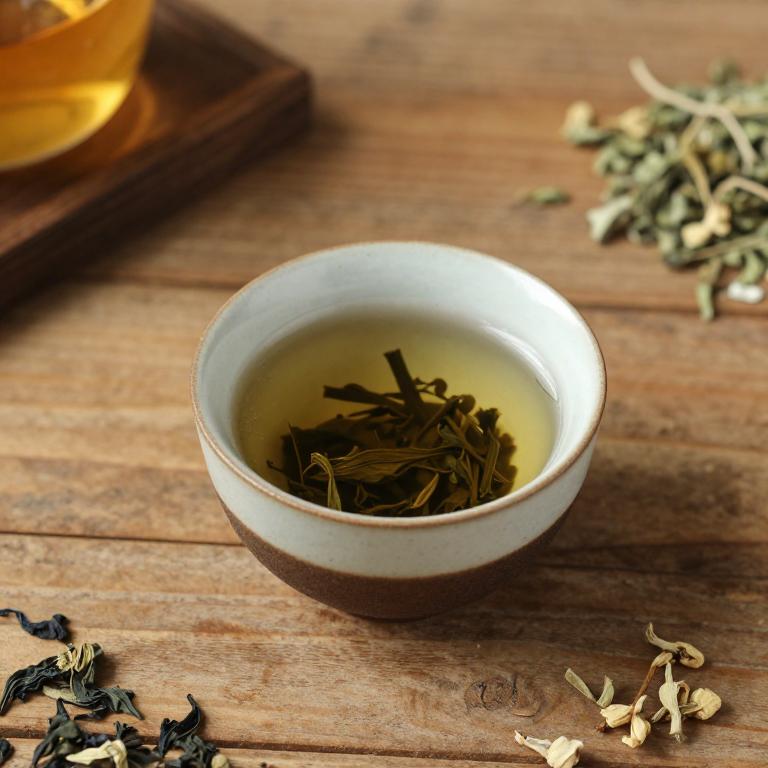
Camellia sinensis, the plant from which green and black teas are derived, contains bioactive compounds such as polyphenols and antioxidants that may support oral health.
Some herbal teas made from Camellia sinensis are believed to have anti-inflammatory and astringent properties that could potentially reduce bleeding spots in the mouth by promoting tissue healing and reducing irritation. While there is limited scientific evidence specifically linking Camellia sinensis teas to the treatment of oral bleeding, anecdotal reports suggest that regular consumption may improve overall mouth health. It is important to note that these teas should not replace professional medical advice, especially if the bleeding spots are persistent or severe.
Consulting a healthcare provider is recommended to determine the underlying cause and appropriate treatment for oral bleeding.
7. Vitex agnus-castus
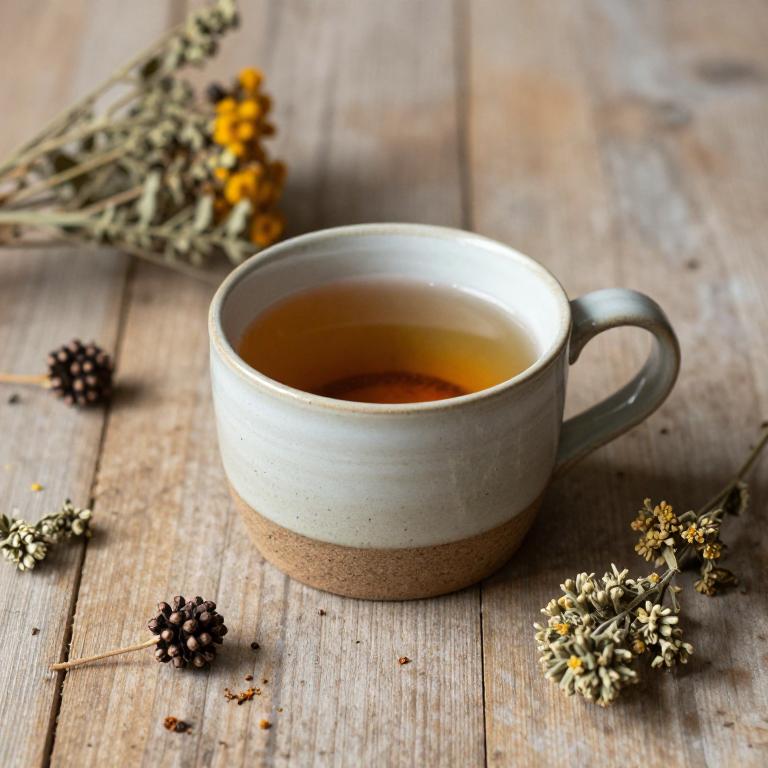
Vitex agnus-castus, commonly known as chasteberry, has been traditionally used in herbal medicine for its potential hormonal balancing properties.
When brewed into a tea, it may support the regulation of estrogen levels, which can help reduce hormonal fluctuations that contribute to bleeding spots in the mouth. While scientific research on its direct effects on oral health is limited, some herbal practitioners suggest it may aid in overall mucosal health and reduce inflammation. It is often used as a complementary therapy alongside other treatments for oral conditions.
As with any herbal remedy, it is advisable to consult a healthcare professional before use, especially if you have underlying health conditions or are taking other medications.
8. Silybum marianum
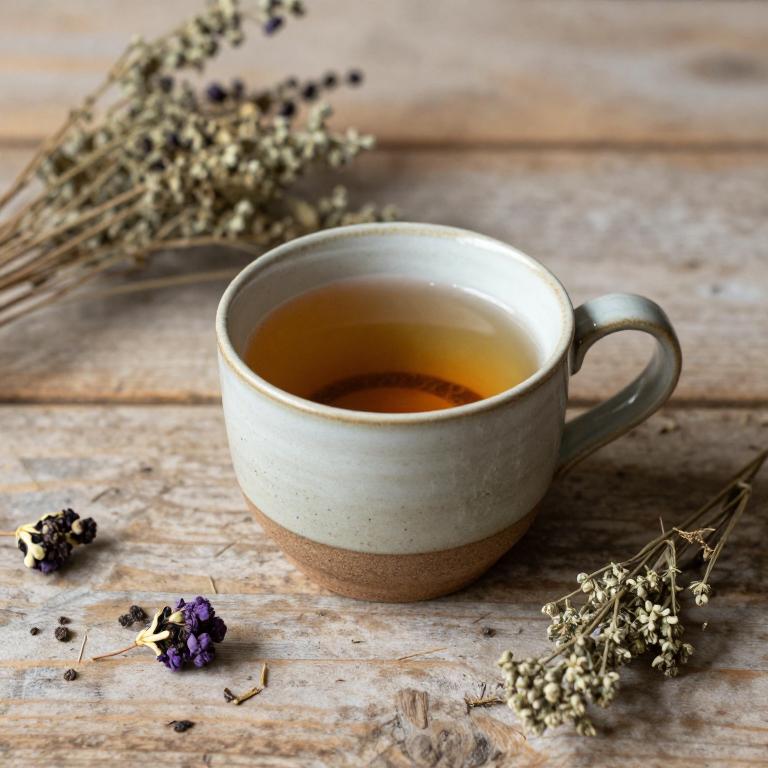
Silybum marianum, also known as milk thistle, is a herbal remedy commonly used for its potential health benefits, including supporting liver function.
While it is widely recognized for its hepatoprotective properties, some studies suggest it may also help in reducing inflammation and promoting tissue repair. When used in the form of herbal teas, silybum marianum may support oral health by reducing inflammation associated with bleeding spots in the mouth. However, it is important to consult a healthcare professional before using it, especially if you have underlying health conditions or are taking other medications.
Though promising, more research is needed to fully understand its effectiveness for oral health issues.
9. Rosmarinus officinalis

Rosmarinus officinalis, commonly known as rosemary, is a popular herb used in herbal teas for its potential health benefits, including its anti-inflammatory and antioxidant properties.
When consumed as a tea, rosemary may help reduce inflammation in the mouth, potentially aiding in the healing of bleeding spots. The active compounds in rosemary, such as rosmarinic acid and carnosic acid, are believed to support oral health by promoting tissue repair and reducing irritations. However, it is important to consult with a healthcare professional before using rosemary tea, especially if you have existing oral conditions or are taking medications.
While rosemary tea may offer some relief, it should not replace professional dental or medical care for persistent bleeding spots in the mouth.
10. Achillea millefolium
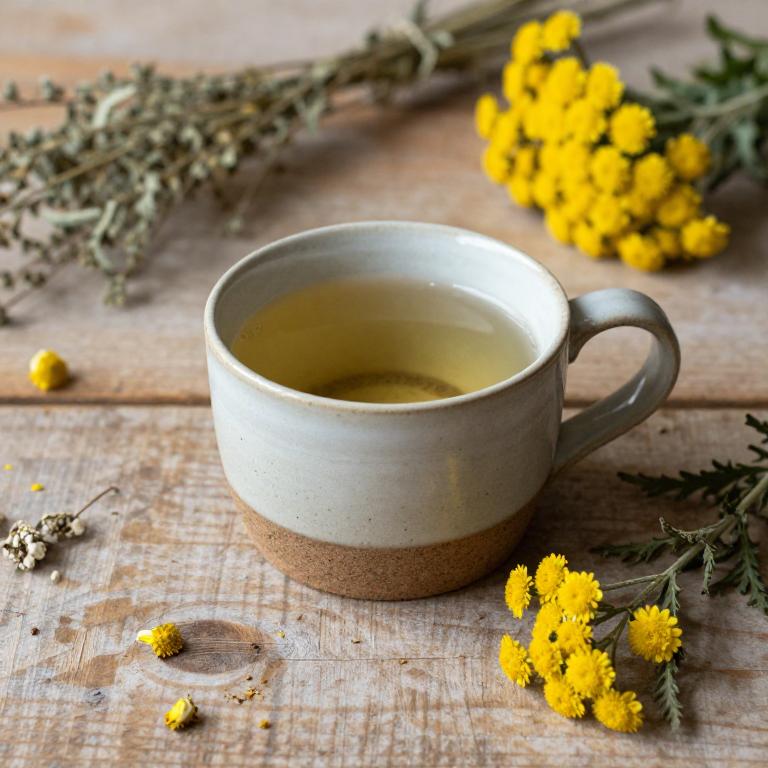
Achillea millefolium, commonly known as yarrow, has been traditionally used in herbal medicine for its potential to support healing and reduce inflammation.
When brewed into a herbal tea, yarrow may help alleviate bleeding spots in the mouth by promoting coagulation and reducing irritation. The herb contains compounds like flavonoids and essential oils that are believed to have astringent and antiseptic properties, which can soothe mucous membranes. However, it is important to consult with a healthcare provider before using yarrow tea, especially for persistent or severe oral bleeding.
While some anecdotal evidence suggests benefits, scientific research on its effectiveness for specific conditions like oral bleeding is still limited.